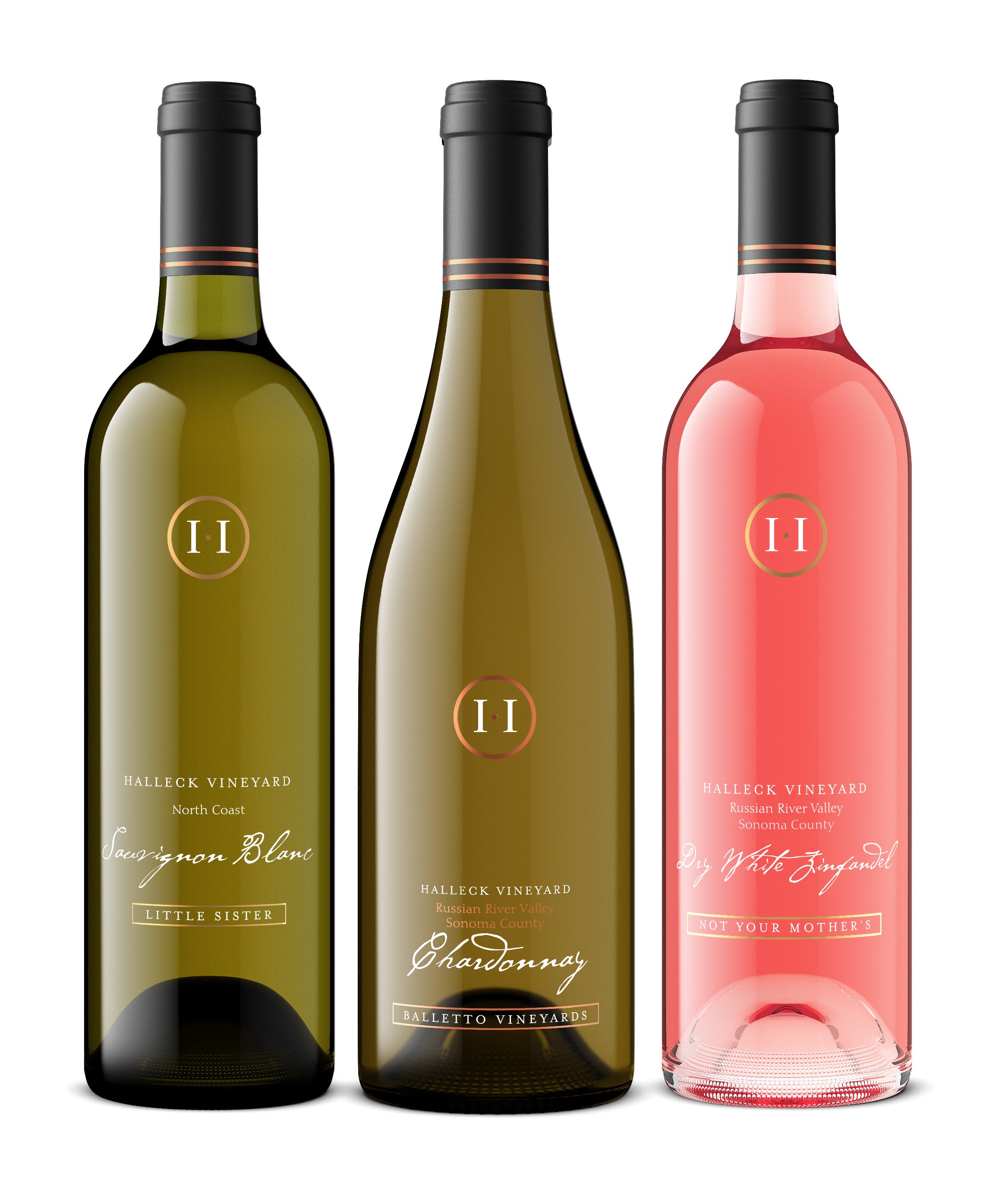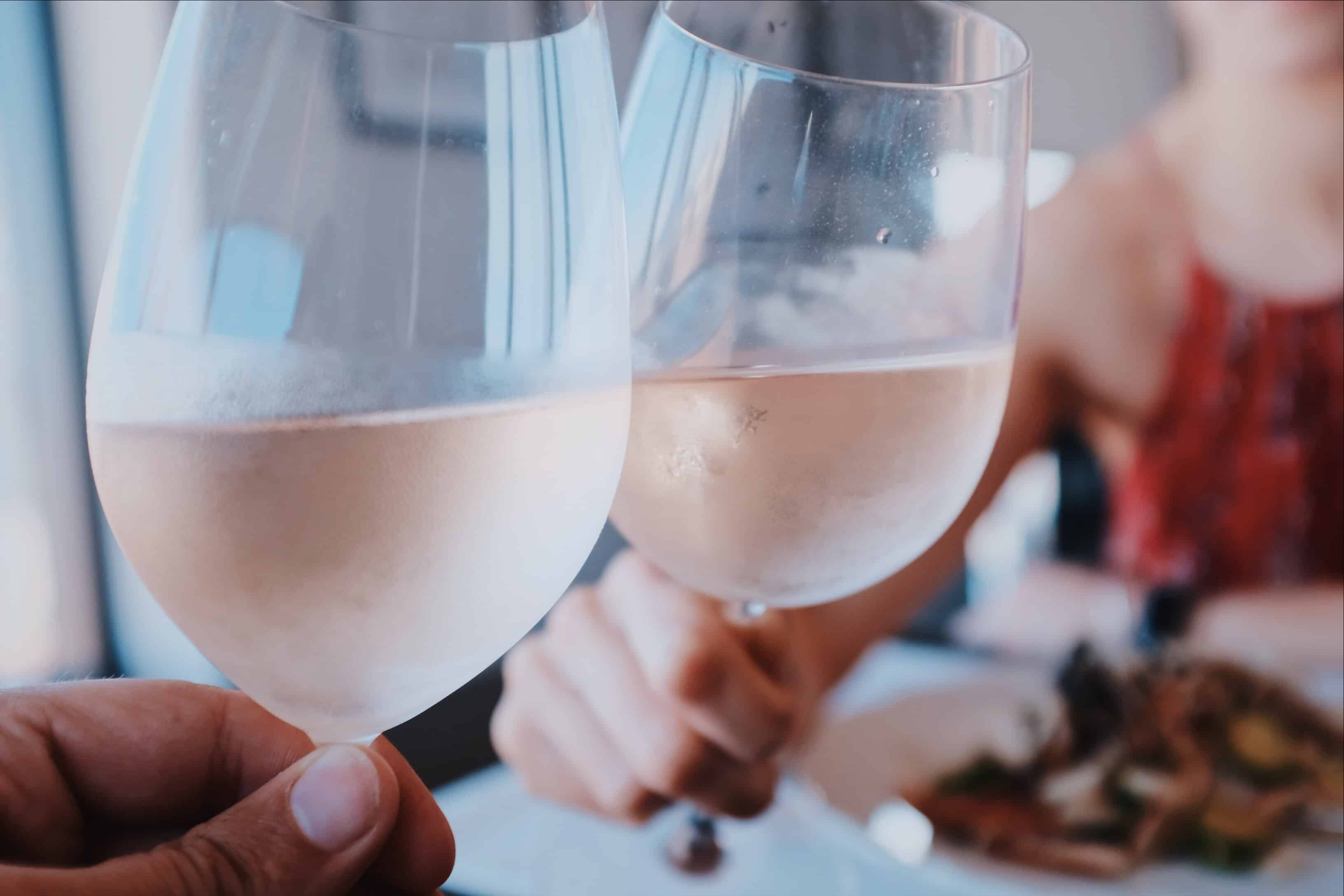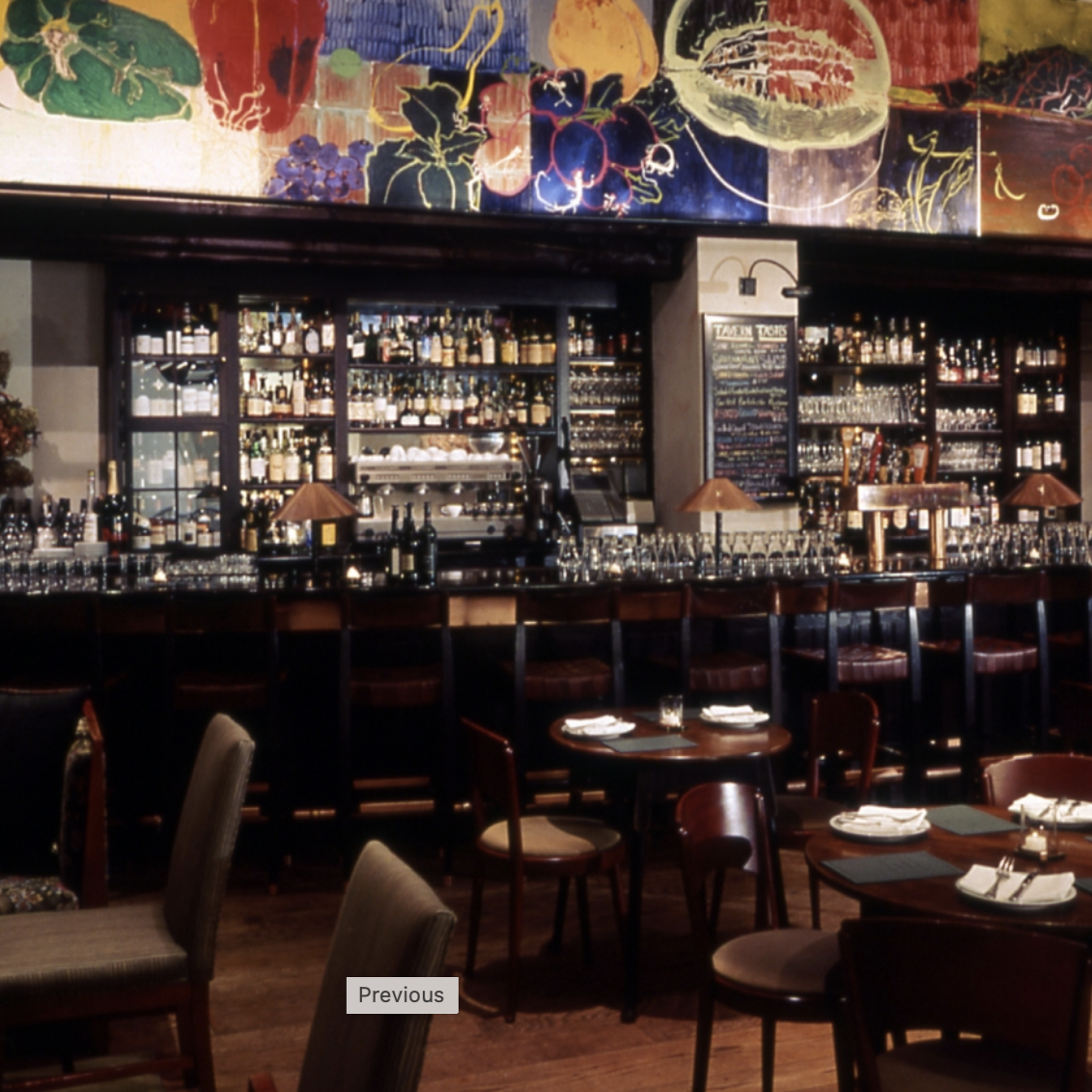Exclusive Wine Clubs In Sonoma - Sebastopol Vineyard Experiences
Exclusive Wine Clubs In Sonoma - Sebastopol Vineyard Experiences
Blog Article
Exclusive Wine Clubs In Sonoma - Sebastopol Wine Tours And Vineyards
Wine tasting is an art that mixes sensory experience with an appreciation for the nuances of different varietals. How to evaluate flavors in winery wine tasting periods is pivotal to grasping the complexities of wine.
Partaking in a wine tasting entails more than merely sipping and savoring. It requires a focused strategy to establish aromas and flavors that each wine presents. As you start, observe the wine's appearance, noting its colour and clarity. These visual cues often counsel a wine’s age, grape selection, and even potential flavor profiles.
The subsequent step within the tasting process is to swirl the wine in your glass. This action releases aromatic compounds which might be important for analysis. Lean in and take a second to inhale deeply; the aromas can range from floral and fruity to spicy and earthy. The nostril of the wine is simply as essential as the palate, and recognizing scents performs a big role in understanding the overall experience.
When taking your first sip, enable the wine to move across your palate - Innovative Wine-Making Techniques In Sonoma Valley. Discover the initial flavors that present themselves. Is the wine fruity, floral, or maybe herbaceous? This initial taste offers perception into what the wine is likely to express as you proceed to gauge it. The mouthfeel also contributes to the general flavor experience; it can be silky, tannic, or even effervescent.
Wineries With Estate-Grown Grapes - Craft Wineries In Sonoma
As you continue tasting, pay attention to the wine’s balance. A well-balanced wine will harmonize acidity, sweetness, and tannins. If one part overwhelms the others, it would point out a less desirable quality. Evaluating stability might help you identify how properly the wine may pair with food.
Transitioning to the finish, consider how the flavors evolve because the wine lingers in your palate. A lengthy, nice end can indicate a high-quality wine, while a brief or abrupt finish may counsel in any other case. Replicate on whether or not the flavors remain consistent or if new notes emerge because the wine settles. This development can reveal complexities and intricacies that might not have been obvious within the initial tasting.
Temperature can be an important factor in evaluating wine flavors. Totally Different kinds of wine are optimally loved at particular temperatures. White wines typically shine when chilled, whereas purple wines generally carry out greatest at room temperature. When tasting, make certain the wine is on the applicable temperature to fully appreciate its character.
Wineries Renowned For Cabernet Sauvignon In Sonoma - The Charm Of Sonoma Wineries
Pairing food with wine can significantly enhance the tasting experience. Foods can affect the perception of flavors in wine, either highlighting sure traits or diminishing them. When evaluating flavors, contemplate how the wine interacts with different meals, noticing which flavors are amplified or muted (Wineries Offering Elegant Wine Tastings).

Think About the influence of terroir as you have interaction in a winery tasting. Terroir encompasses the unique environmental components that have an result on grape growing, including soil composition, local weather, and geography. Understanding a wine's terroir can provide perception into its flavors and aromas, fostering a deeper appreciation for the alternatives made during its cultivation and production.
Education plays a elementary function in enhancing one's capability to judge wine flavors. Learning about grape varieties, wine areas, and production strategies can pave the way for more knowledgeable judgments during tastings. Moreover, attending workshops or classes can refine sensory skills and expand your flavor vocabulary, enabling you to articulate tasting notes more successfully.

Finally, it is essential to do not overlook that evaluating wine flavors is a extremely Go Here personal experience. Particular Person preferences and perceptions will invariably form one’s tasting journey. Enjoyment ought to be on the forefront, with the analysis course of performing as a software to reinforce understanding and appreciation quite than create rigid pointers.
Wineries That Welcome Walk Ins - Best Vineyard Visits In Sonoma
In conclusion, mastering how to evaluate flavors in winery wine tasting periods entails a mix of sensory engagement, knowledge, and practice. By learning to identify aromas, assess the stability, and respect the intricacies of flavor, wine enthusiasts can deepen their connection to every bottle they encounter. As with any art kind, the extra one immerses themselves within the experience, the extra they'll uncover and benefit from the huge world of wine.
- Begin by observing the wine's shade and clarity, as these visible elements can trace at its flavor profile and aging potential.
- Swirl the wine gently in your glass; this releases aromatic compounds, permitting you to higher identify the complex scents associated with the wine.
- Take a deep inhale earlier than tasting, specializing in both primary and secondary aromas to gather insights on fruits, spices, and other nuances.
- When tasting, allow the wine to coat your palate; note the preliminary flavors, the mid-palate complexity, and the finish as these stages can provide totally different flavor highlights.
- Pay attention to texture and mouthfeel, as features corresponding to tannin ranges, acidity, and sweetness contribute considerably to the general tasting experience.
- Evaluate flavors in opposition to normal wine characteristics; for purple wines, think about berry notes, oak affect, and natural tones, while whites could embrace citrus, stone fruits, and floral hints.
- Take notes in the course of the tasting session to trace your impressions, helping you to remember and consider the totally different wines sampled.
- Talk About your findings with fellow tasters or winery workers, as sharing insights can improve understanding and appreciation of individual flavors.
- Enable time for the wine to breathe; typically, flavors evolve and reveal new dimensions after being uncovered to air.
- Experiment with food pairings in the course of the tasting as they can dramatically alter how flavors are perceived, influencing total enjoyment.undefinedWhat ought to I look for when evaluating the aroma of wine during a tasting?
Begin by swirling the wine in your glass to release its aromas. Bring the glass to your nose and take a deep breath. Pay consideration to the first scents you detect, as these are sometimes essentially the most distinguished. Look for fruit, floral, herbal, or earthy notes and try to identify particular characteristics, which will deepen your understanding of the wine's complexity.
Wineries Showcasing Local Art And Crafts - Sonoma County Wine Tasting Locations

How can I distinguish between different flavor profiles in wine?
Perceive that flavor profiles are often categorized as fruit, floral, herbaceous, spicy, or mineral. Take small sips and permit the wine to coat your palate. Discover the primary flavors that emerge first and the delicate notes that follow. This layering is important in distinguishing the wine's traits and can allow you to appreciate its unique profile.
Wineries With Beautiful Architecture - Vineyard Visits And Wine Tasting In Sonoma
What is the significance of the wine's texture in a tasting?

The texture of the wine, also referred to as mouthfeel, performs a crucial function in how we understand flavors. Pay attention as to if the wine feels clean, creamy, or gritty. The body of the wine (light, medium, or full) can improve or contrast with flavors, providing a more rounded experience throughout tasting.
How do I assess the stability of flavors in wine?
Steadiness in wine refers back to Read Full Article the concord between acidity, sweetness, tannin, and alcohol. Take a moment to evaluate whether or not these parts complement or interfere with one another. A well-balanced wine will have none of its parts overpowering the others, creating a nice tasting experience.
Family Friendly Wineries With Outdoor Spaces - Sebastopol Area Wineries Offering Wine
What function does temperature play in evaluating wine flavors?
Temperature can significantly impact the perception of flavors. Generally, purple wines are best served barely beneath room temperature, while white wines take pleasure in being chilled. As the temperature adjustments, the aromas and flavors can shift, permitting you to perceive different traits. It’s important to taste wine at its optimal temperature for true analysis.
Best Chardonnays From Sonoma Winemakers - Wine Tasting And Vineyard Tours In Sonoma
How can I improve my tasting skills over time?
Practice is vital to bettering your tasting skills. Wineries With Breathtaking Gardens In Sonoma. Attend tastings, maintain a journal of your experiences, and explore different types of wines to broaden your palate. Moreover, learning about wine production and grape varieties can present context that enhances your analysis course of, making you a extra informed taster.
Is there a particular order in which I should style the wines?
Wineries With Unique Gamay Wines - Wineries For Casual Tastings In Sonoma
Sure, it’s advisable to taste wines from light to full-bodied and dry to sweet. This progression prevents the stronger flavors from overshadowing the more delicate ones, permitting you to totally recognize each wine's characteristics and nuances without palate fatigue.
How can I evaluate the aftertaste of wine?
Wineries That Host Harvest Festivals - Discover Sebastopol's Wine Scene
The aftertaste, or finish, is a crucial aspect of the wine-tasting experience. After swallowing, pay consideration to how long the flavors linger in your palate and whether they change. A lengthy, nice finish is often an indicator of a high-quality wine, while a brief or disagreeable finish might suggest otherwise.
Why is it necessary to notice the wine’s acidity during tasting?
Acidity contributes to the general freshness and structure of the wine. Pay consideration to the tingling sensation on your tongue; larger acidity can enhance the wine's liveliness and balance out sweetness. Noting acidity helps decide the wine's versatility with food and its getting older potential.
What ought to I do if I struggle to determine particular flavors in wine?
Hidden Gem Wineries In Sonoma County - Sonoma Wineries With Vineyard Views
Struggling to identify flavors is frequent, especially for beginners. Focus on broader categories and describe what you'll have the ability to acknowledge, similar to candy or earthy notes. With practice, reading about different flavor profiles, and maybe utilizing flavor wheels, you will refine your senses and develop a more nuanced approach to tasting. Report this page